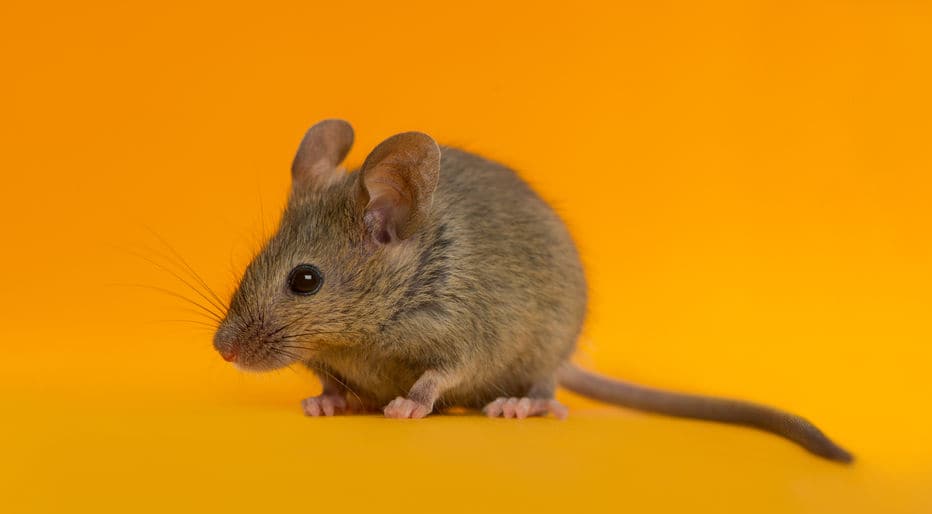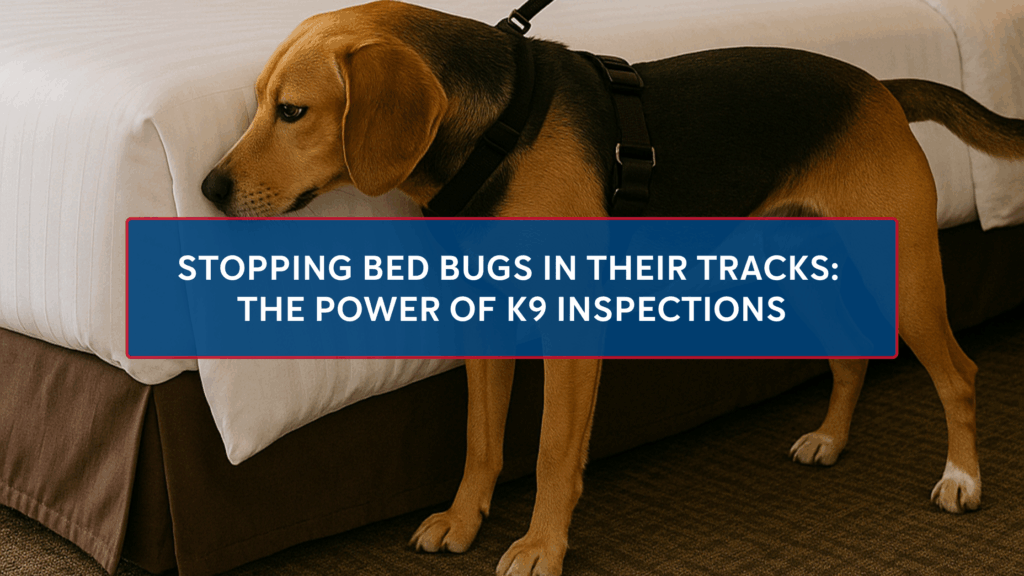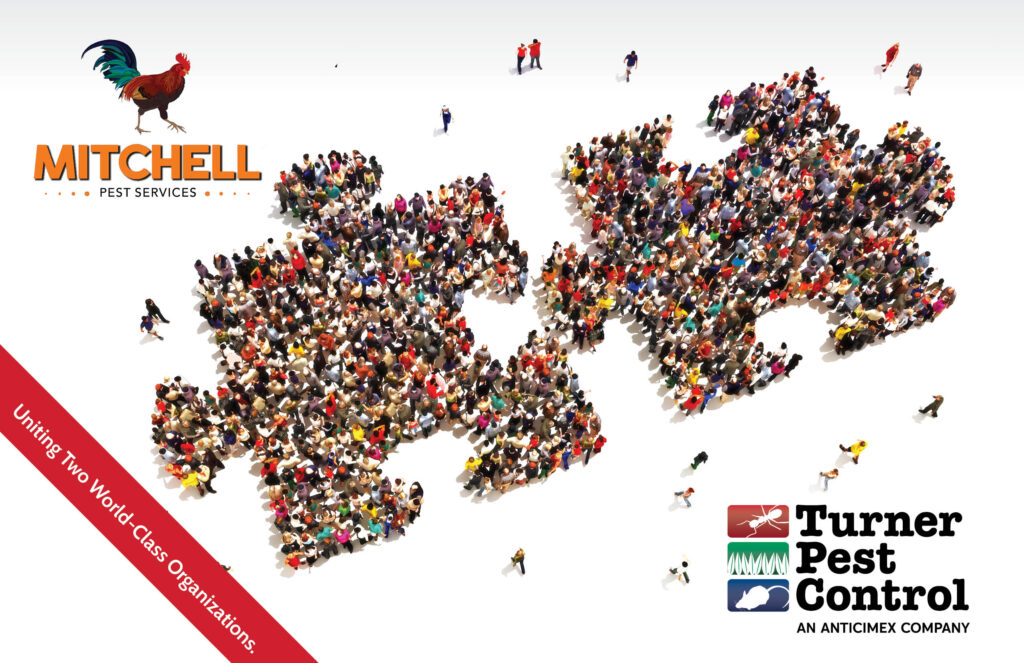
It’s Rodent Awareness Week, which coincides with the time of year we begin to spot these pests in or around our homes more frequently. According to a survey by the National Pest Management Association, rats and mice are the most common winter pests.
With mice capable of producing a dozen offspring in less than a month, a rodent problem can quickly become a serious infestation, so it’s important to know how to recognize the signs of the presence of rodents and what you can do.
Here’s what you need to know about mice and rats, and how to rodent-proof your property.
Signs of rodents in homes
Droppings: This is one of the most common and visible signs of rodents. You will usually see their droppings along walls; in boxes and bags; in kitchen cabinets and pantries; and near where they nest.
Noises: Rodents are particularly active at night as they nest and move around, so that’s when you may hear sounds of them scurrying.
Damaged food packaging: Norway rats may eat through packages of fish, meat, and dry dog food, while mice prefer cereals and seeds.
Gnaw marks: Freshly gnawed areas may be light in color and rough to the touch.
Nests: Rodents may burrow in materials such as insulation in dark, out-of-the-way spots. Be sure to frequently check attics and garages for evidence of an infestation.
Health and property threats
Not only can rodents cause damage, they can even cause harm to you and your family. Mice and rats can gnaw through drywall and wood, as well as through automotive wiring and electrical wiring, which can cause a fire.
Health-wise, rodents can spread a number of diseases, from trichinosis and salmonellosis, to plague and jaundice. Mites, ticks, and fleas that have bitten infected rodents can spread disease directly to humans. Rodents’ droppings and urine are also known to aggravate asthma and allergies.
Rodent prevention measures
- Regularly inspect your home for points where rodents may enter. Remember that a mouse can get in through a space the size of a dime and rats through a space the size of a quarter. Use silicone caulk to completely seal cracks and holes, particularly where pipes for utilities come into your house.
- For larger gaps, stuff them with steel wool, which deter rodents with the roughness of the steel fibers and its resistance to being gnawed through.
- Check openings to chimney, attic vents, and vents beneath your house if it’s off-grade, and repair screens or coverings as needed.
- Inspect and replace weather stripping and loose or broken mortar around windows and your basement’s foundation.
- Keep plants, shrubs, mulch, and other organic materials at least 20 inches away from the foundation of your home to minimize rodents’ opportunities to nest or hide there.
The best course of action: Call a professional
With their fast reproduction rates and threats to your property and health, it’s best to contact licensed pest control professionals at the first sign of rodents. Turner Pest Control offers complete services, including identifying entry points, baiting, and trapping. Contact us now for a customized rodent extermination and prevention plan to protect your home and family.



